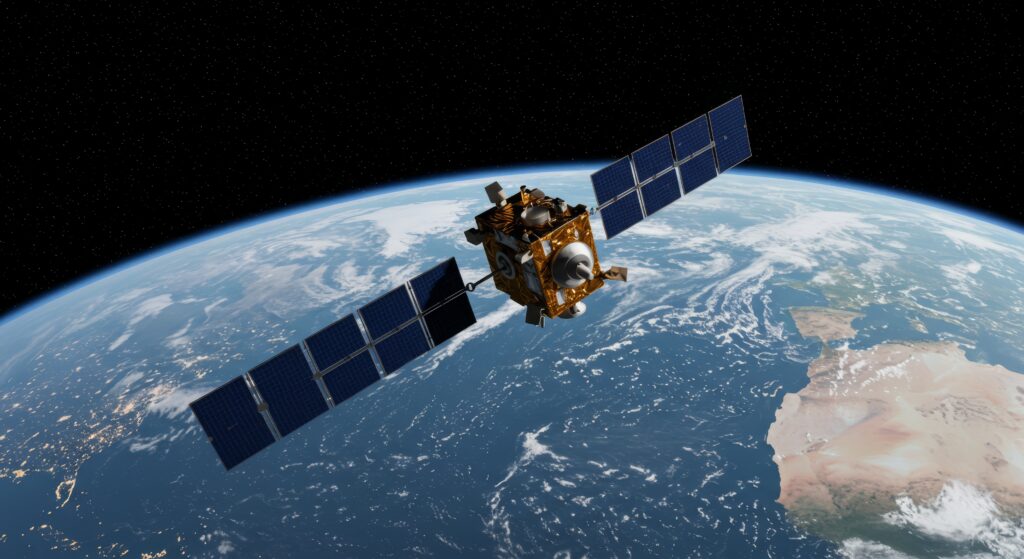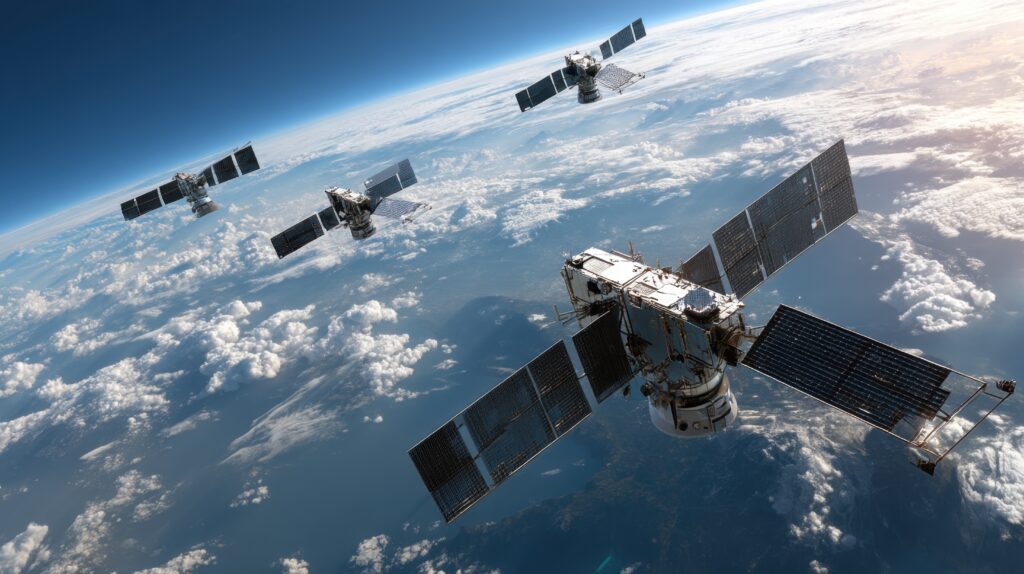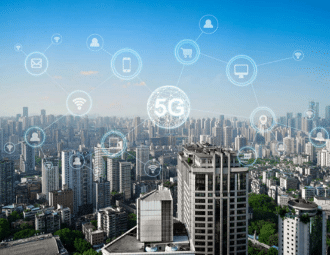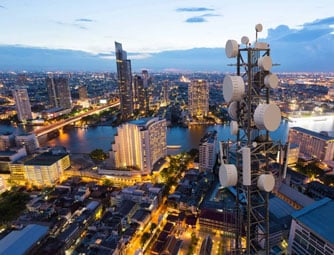Part 2 of 3 – Building a LEO D2D Network: Key Design Choices
October 2, 2025

This post is part of a three-part series exploring Low Earth Orbit (LEO) satellites and their role in enabling direct-to-device (D2D) connectivity. Over the next three weeks, we’ll cover:
- Why LEO is the only viable option for large-scale D2D (Part 1)
- The key technical and design considerations behind building a LEO D2D network (Part 2)
- The operational, regulatory, and business challenges of scaling these networks—and how to overcome them (Part 3)
Standards First
3GPP NTN standards are the backbone for handset compatibility and seamless roaming with mobile operators. Proprietary systems risk isolation and slower adoption.
Spectrum Decisions
Operators must choose spectrum that smartphones can support, through terrestrial leasing, MSS bands, or new allocations. while navigating international regulations.
Engineering the Link
- High-power phased arrays and beam control are critical to compensate for weak smartphone uplinks.
- Motion handling: LEO satellites move fast (7 km/s), so Doppler compensation, GNSS-assisted timing, and smarter access procedures are required.
- Beam management: Wide beams deliver coverage; narrow beams add capacity. Dynamic beam steering is the balancing act.
- Gateways & Inter-satellite Links: ISLs can route traffic in space, reduce latency, and expand global coverage.
Reliability & Security
Power cycles, thermal loads, and radiation are constant challenges. Security must be baked in at every level: SIM authentication, control links, and data paths using zero-trust principles.
This middle post digs into the technical building blocks and decisions that make or break a LEO network.






























